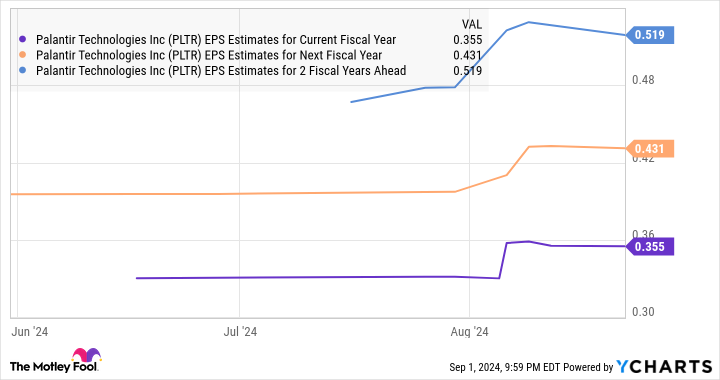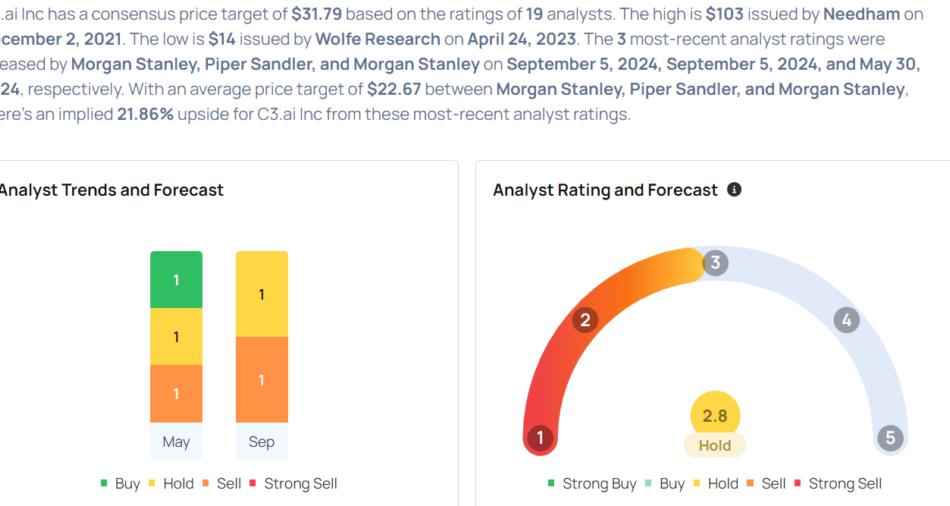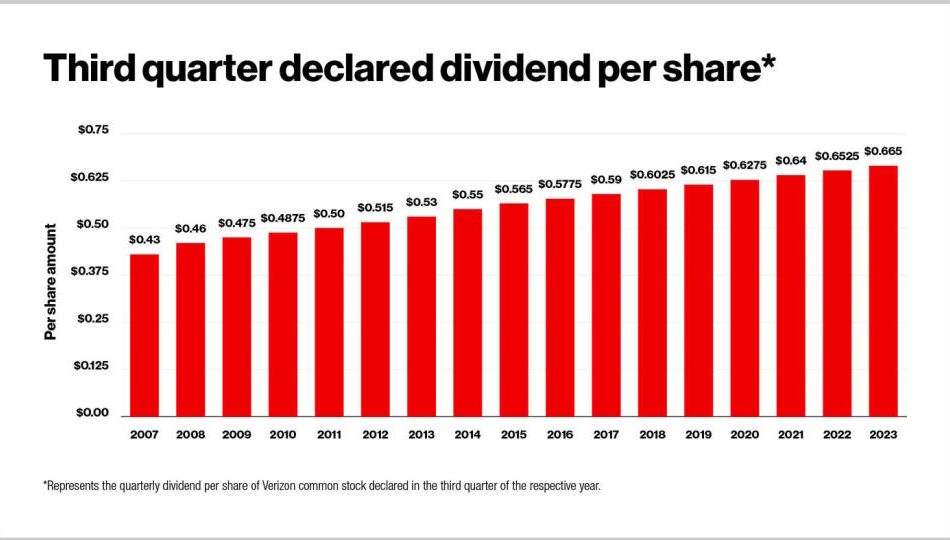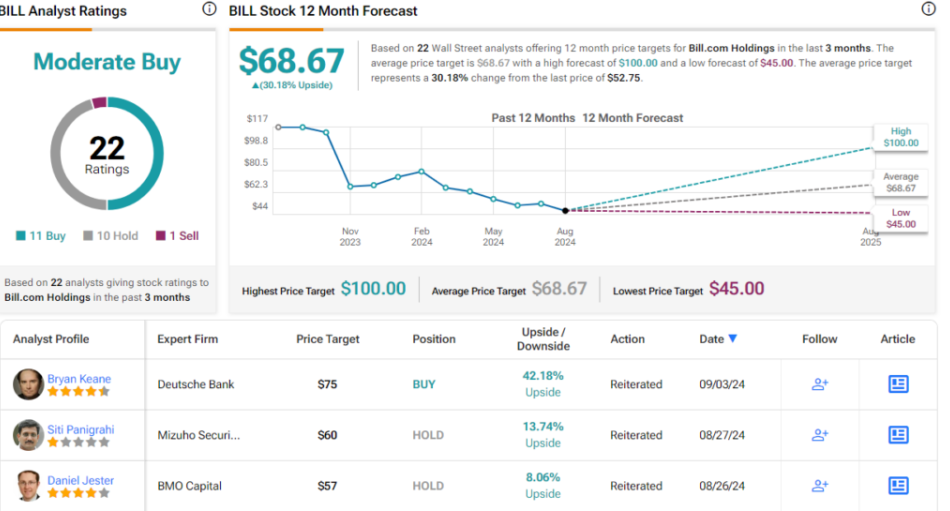ESCONDIDO, Calif., Sept. 05, 2024 (GLOBE NEWSWIRE) — One Stop Systems, Inc. (“OSS” or the “Company”) OSS, a leader in rugged Enterprise Class compute for artificial intelligence (AI), machine learning (ML) and sensor processing at the Edge, today announced that Mike Knowles, President and CEO, and John Morrison, CFO will participate in the Lake Street Capital Markets’ Best Ideas Growth “Big8” Conference on September 12, 2024, at The Yale Club in New York City.
Management is scheduled to host one-on-one meetings with investors during the conference. Investors interested in arranging one-on-one meetings should contact their Lake Street conference representative.
About One Stop Systems
One Stop Systems, Inc. OSS is a leader in AI enabled solutions for the demanding ‘edge’. OSS designs and manufactures Enterprise Class compute and storage products that enable rugged AI, sensor fusion and autonomous capabilities without compromise. These hardware and software platforms bring the latest data center performance to harsh and challenging applications, whether they are on land, sea or in the air.
OSS products include ruggedized servers, compute accelerators, flash storage arrays, and storage acceleration software. These specialized compact products are used across multiple industries and applications, including autonomous trucking and farming, as well as aircraft, drones, ships and vehicles within the defense industry.
OSS solutions address the entire AI workflow, from high-speed data acquisition to deep learning, training and large-scale inference, and have delivered many industry firsts for industrial OEM and government customers.
As the fastest growing segment of the multi-billion-dollar edge computing market, AI enabled solutions require-and OSS delivers-the highest level of performance in the most challenging environments without compromise.
OSS products are available directly or through global distributors. For more information, go to www.onestopsystems.com. You can also follow OSS on X, YouTube, and LinkedIn.
Forward-Looking Statements
One Stop Systems cautions you that statements in this press release that are not a description of historical facts are forward-looking statements. These statements are based on the company’s current beliefs and expectations. The inclusion of forward-looking statements should not be regarded as a representation by One Stop Systems or its partners that any of our plans or expectations will be achieved, including but not limited to, management’s expectation for new market opportunities, the Company’s penetration of the Defense and Commercial sectors, future changes to our business objectives, and other future financial projections. Actual results may differ from those set forth in this press release due to the risk and uncertainties inherent in our business, including risks described in our prior press releases and in our filings with the Securities and Exchange Commission (SEC), including under the heading “Risk Factors” in our latest Annual Report on Form 10-K and any subsequent filings with the SEC. You are cautioned not to place undue reliance on these forward-looking statements, which speak only as of the date hereof, and the company undertakes no obligation to revise or update this press release to reflect events or circumstances after the date hereof. All forward-looking statements are qualified in their entirety by this cautionary statement, which is made under the safe harbor provisions of the Private Securities Litigation Reform Act of 1995.
About the Lake Street “Big8” Conference
Lake Street Capital Markets is a research-powered investment bank focused on growth companies. The Best Ideas Growth Conference is Lake Street’s annual invitation-only event, featuring dynamic, small-cap companies interacting with top institutional investors. The format has been designed to give attendees direct access to senior management via one-on-one & group meeting formats. Learn more about Lake Street at www.lakestreetcapitalmarkets.com.
Media Contacts:
Robert Kalebaugh
One Stop Systems, Inc.
Tel (858) 518-6154
Email contact
Investor Relations:
Andrew Berger
Managing Director
SM Berger & Company, Inc.
Tel (216) 464-6400
Email contact

Market News and Data brought to you by Benzinga APIs
© 2024 Benzinga.com. Benzinga does not provide investment advice. All rights reserved.




















